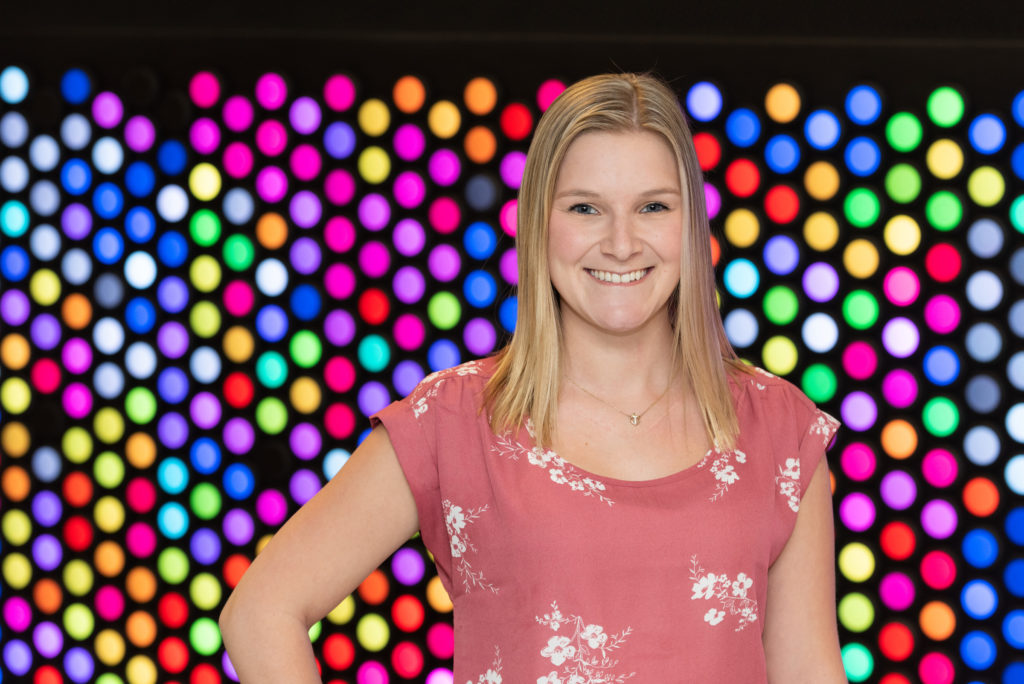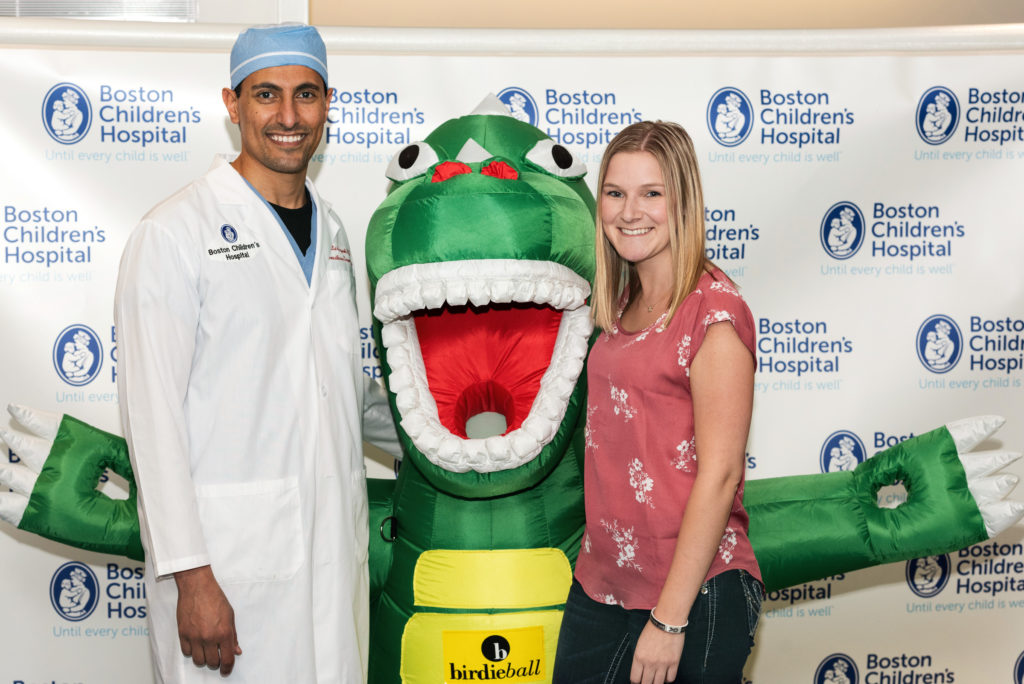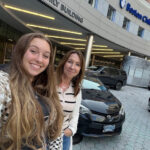For Kayla, post-surgical pain relief supports a lifetime of care

At 24, Kayla Regan is old enough to be the mother of some of her fellow patients at Boston Children’s Hospital. “I like to say that I’m one of the elderly patients here,” she laughs. All jokes aside, Kayla has been receiving care at Boston Children’s since she was 14. That was when she first had surgery after dislocating her sternoclavicular joint, the joint between the sternum and collarbone. Her local clinicians hadn’t seen many such cases before, especially in a teenager, so they referred her to Boston Children’s.
But after the joint dislocated again just six months later, it was clear that something else was going on. Testing eventually revealed that Kayla has Ehlers-Danlos syndrome. This group of 13 major connective tissue disorders can cause loose joints, hypermobility in the hands, fingers and toes, and — depending on the type — problems with the heart and blood vessels.
A better approach to pain relief
Over the years, the condition has necessitated more than 10 surgical procedures to help strengthen or replace Kayla’s ligaments and tendons. For the last several operations, she’s chosen to have regional anesthetics, which provide a focused anesthetic to a specific part of the body, without requiring a full general anesthetic. They have been shown to improve outcomes after surgery, including fewer side effects, faster recovery, and less time in the hospital compared with general anesthesia. They can also limit or eliminate the need for pain medications such as opioid drugs and other narcotics.
Because of Ehlers-Danlos syndrome, Kayla is less sensitive to local anesthetics, so single-shot injections would not last long enough for her. So regional anesthesia specialists at Boston Children’s placed a catheter for her that would provide her with a continuous infusion of local anesthetics. This would allow her to have consistent pain control while she recovered. “I was able to get right back to my normal activities pretty quickly,” says Kayla. “I didn’t feel loopy the way I used to from narcotic pain relievers.”

A different kind of hospital stay
Kayla keeps in touch with Dr. Walid Alrayashi in Boston Children’s Regional Anesthesia Program, contacting him before every new procedure with Dr. Yi-Meng Yen, Dr. Dennis Kramer, Dr. Donald Bae and other surgeons from the Orthopedic Center. “Dr. Alrayashi tells me about the regional anesthetics he plans to use, and he always stops by to see how I’m doing afterward,” she says.
Considering she’s spent almost half her life visiting Boston Children’s, you might expect Kayla to stay clear of the hospital when she’s feeling well. But the driven young woman, who was inspired by her own experiences, recently completed an internship at Boston Children’s. “When I was about 14, I told Dr. Yen that someday I would work with him — and I did,” she muses.

Focusing on the positive
Today, Kayla is an orthopedic casting and bracing technician in Massachusetts. She’s swapped out sports like field hockey and snowboarding — which were too much for her joints — for low-key hobbies like boating, decorating cakes and cheering on the Red Sox. And she never has to worry about getting “too old” for Boston Children’s: The rarity of her condition means that she can remain a patient as long as she likes — and that comes with another benefit as well.
“I like to talk to other kids at the hospital and tell them about my own experience,” says Kayla. “I try to encourage them to stay positive and not to dwell on what they can’t do anymore, but what they can. That’s what’s worked for me.”
Learn about the Regional Anesthesia Program.
Related Posts :
-

When to refer a pediatric patient for endometriosis
Endometriosis is a complex disease in which endometrium-like tissue grows in locations such as the fallopian tubes, ovaries, or pelvic ...
-

‘What I want you to know about endometriosis’: Iva’s story
Growing up, I heard stories about how everyone’s first period is usually no big deal. The cramps, the fatigue, ...
-

Crossing the ocean: Kathryn learns how to manage chronic pain
When Kathryn Chechile, 11, “graduated” from Boston Children’s Pediatric Pain and Rehabilitation Center (PPRC) last year, she painted a tile ...
-

Kiersten finds new purpose after care for life-threatening cardiomyopathy
Being just three miles away from her cardiac care team at Boston Children’s makes all the difference in the ...





